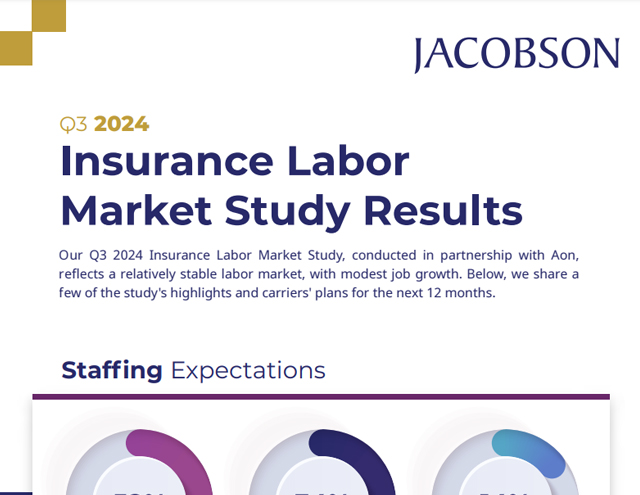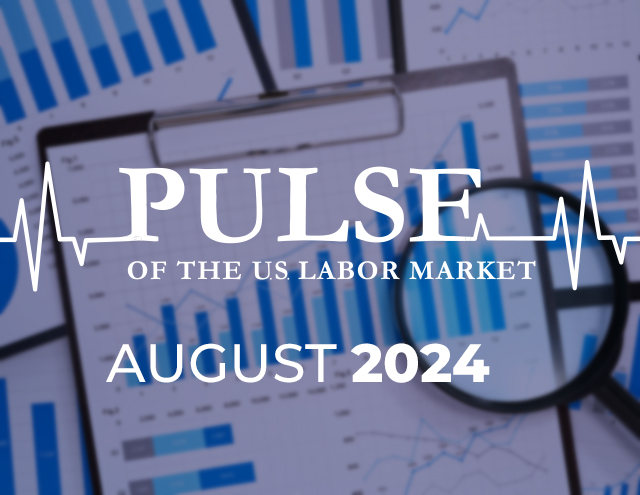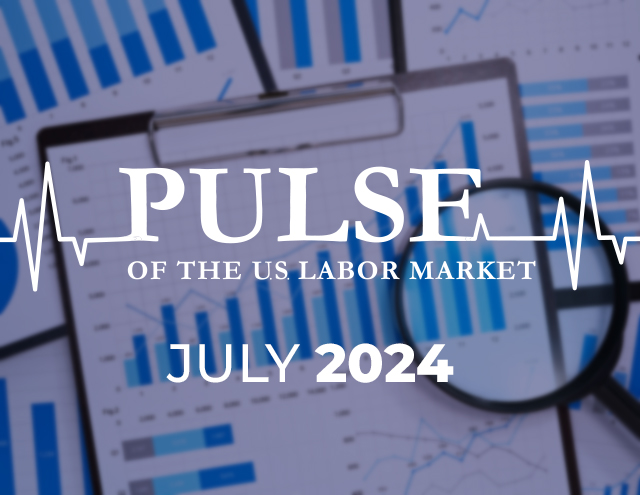Building and Maintaining a Strong Employer Brand
In today’s competitive labor market, a strong employer brand is a key differentiator in recruiting top talent, reducing costs, enhancing the candidate pool, and retaining high performers by instilling pride in their roles and company.
View our latest white paper for tips to ensure your company represents itself as an employer of choice.














